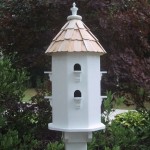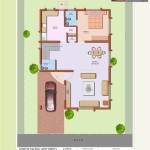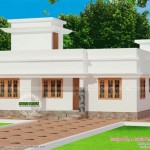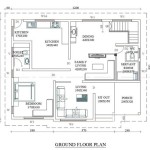How To Build A Bat Box Plans For Beginners
Bat houses, or bat boxes, are artificial shelters specifically designed to attract bats. By providing a safe and suitable dwelling, you can encourage these beneficial creatures to take up residence in your yard, offering numerous advantages to your ecosystem. Bats are natural pest control agents, effectively consuming vast quantities of insects, including mosquitoes, moths, and beetles. They also play a crucial role in pollinating plants and dispersing seeds, contributing to biodiversity and ecological balance.
Building a bat box is a rewarding and relatively simple project, even for beginners. With the right materials and instructions, you can construct a welcoming haven for bats, enhancing the natural beauty of your property while simultaneously promoting environmental sustainability.
Essential Materials for Your Bat House
Before embarking on your bat box construction, gathering the necessary materials is essential. The following list outlines the key components needed for a standard bat house:
- Wood: Choose a durable, rot-resistant wood like cedar, redwood, or pressure-treated pine. Avoid using plywood or other materials that might release harmful chemicals.
- Screws: Use galvanized or stainless steel screws for longevity and resistance to rust.
- Paint: While not strictly necessary, painting the bat house with a dark, non-toxic paint can help it absorb heat and attract bats.
- Ventilation: Ensure adequate ventilation by incorporating small holes or slots for air circulation.
- Drainage: A slight slope or drainage holes at the bottom will prevent water from pooling inside the box.
- Mounting Hardware: Securely attach the bat house to a post or tree using appropriate mounting brackets.
Bat Box Design Considerations
Several design elements influence the effectiveness of a bat house. Understanding these considerations will significantly increase the likelihood of attracting bats:
- Size and Shape: Bats prefer bat houses with dimensions of 12 to 18 inches wide, 8 to 12 inches tall, and 6 to 8 inches deep. The interior should be divided into multiple compartments, each with an entrance slot about 1 to 1 ½ inches wide and 3 to 4 inches tall. The entrance should be placed on the lower edge of the box, allowing bats to enter and exit with ease.
- Roof and Floor: The roof should overhang the entrance, providing shelter from rain and direct sunlight. The floor should be solid and flat, offering a stable resting surface for the bats.
- Location: Choose a location facing south or southeast, providing ample sunlight for warmth. Ensure the box is situated at least 10 feet above ground, away from potential predators and hazards.
- Orientation: Position the bat house with the entrance facing an open space, allowing easy access for flight.
Step-by-Step Bat Box Construction
With your materials assembled and design considerations in mind, you can begin the construction process. The following steps provide a clear guide:
- Cut the Wood: Using a saw, cut the wood to the desired dimensions for the sides, top, bottom, and back panels of the bat house. Measure carefully and make clean, precise cuts.
- Assemble the Box: Attach the sides, bottom, and back panels using screws. Ensure the seams are tight and secure.
- Create the Entrance Slots: Use a saw or router to cut multiple entrance slots along the lower edge of the box, ensuring each compartment has at least one entrance.
- Install the Roof: Attach the roof to the top of the box, creating a slight overhang to protect the entrance from rain and sunlight.
- Add Ventilation and Drainage: Drill several small holes or slots in the back panel for ventilation. Create a slight slope or drainage holes at the bottom of the box to prevent water from accumulating.
- Paint the Box (Optional): If desired, paint the bat house using a dark, non-toxic paint to help it absorb heat and attract bats. Allow the paint to dry completely before mounting the box.
- Mount the Bat House: Securely attach the box to a post or tree using appropriate mounting brackets. Ensure it is at least 10 feet above ground and in a location that provides ample sunlight and open space for flight.
By following these instructions diligently, you can create a welcoming and functional bat house that will hopefully attract a colony of these beneficial creatures. As bats are nocturnal and often shy, it may take some time for them to discover and settle in your bat box. Be patient, provide the right conditions, and you will be rewarded with the invaluable ecological services they offer.

How To Build A Bat Box The Wildlife Trusts

Build Your Own Bat House

Bat Houses Mass Gov

Going Batty The Lazy Homesteader

Bat House Plans Drawing Fusion 360 Model Build Woodworking Nature Conservation Garden Gift

20 Diy Bat House Plans Insteading
Bat Box

Woodworking For Wildlife Bat Box

Bat Houses

Bat Roost Box Plans Birdwatch








